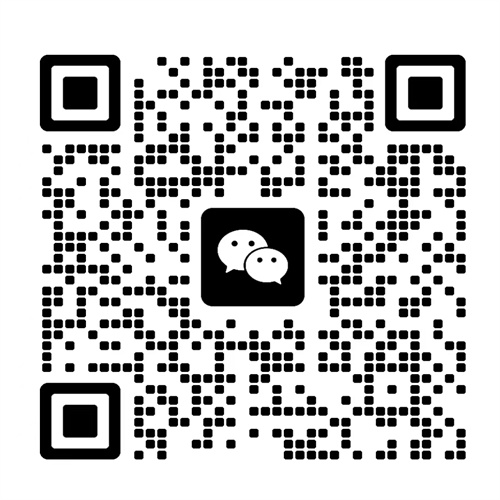Industrial I/O Modules: Digital vs. Analog Explained
Industrial I/O (Input/Output) modules sit between control systems and the physical world. They read signals from sensors, drive actuators, and, in most cases, translate data so PLCs and controllers can act on it in real time. Picking the right mix of digital and analog modules typically improves reliability, boosts throughput, and reduces downtime.
Understanding I/O Modules
I/O modules interface with field devices and convert signals into controller-friendly data. This usually involves signal conditioning, isolation, and filtering so the PLC or industrial PC can process values without noise or interference. Scalability matters when you plan to add more sensors; compatibility with PLC platforms and industrial networks (for example, EtherNet/IP, Modbus TCP, PROFINET) helps projects integrate smoothly.
- Real-time behavior: scan time, update rate, and latency affect control quality.
- Isolation: galvanic isolation protects electronics and reduces ground loops.
- Channel density: more channels per module can cut panel space and cost.
- Diagnostics: LED status, channel health, and fault codes simplify maintenance.
GE IS230SHRA2ASHRA2AG01 I/O Module, S-Type Twin, Programmable Controller Component
Digital I/O Modules
Digital I/O handles binary states—on/off, high/low. These modules are common in discrete manufacturing where devices like motors, valves, relays, and photoeyes require simple switching or edge detection.
- Typical signals: 24 VDC sourcing/sinking, relay outputs, dry contacts.
- Use cases: start/stop commands, interlocks, safety circuits (e-stop chains), limit switches.
- Performance: high‑speed counting, pulse capture, and PWM are often supported on select channels.
- Benefits: simple wiring, fast commissioning, cost‑effective for on/off control.
- Watch-outs: noise on long cables, debounce needs for mechanical contacts, limited “resolution” (no in‑between values).
Analog I/O Modules
Analog I/O measures or drives continuous values. This is essential for processes that need precise control—think temperature, pressure, flow, level, or position. From my experience, selecting the right input range and resolution pays off in better stability and fewer nuisance alarms.
- Typical inputs: 4–20 mA, 0–10 V, ±10 V, RTDs, thermocouples; outputs: 4–20 mA, 0–10 V.
- Key specs: 12/16/24‑bit resolution, sampling rate, accuracy, drift, and cold‑junction compensation (for thermocouples).
- Benefits: detailed visibility of process variables for tighter control and better quality.
- Watch-outs: shielding and grounding practices, calibration needs, higher cost and configuration complexity.
Digital vs. Analog: What’s the Difference?
It appears that most projects blend both types. Still, a few contrasts help narrow choices:
- Signal type: digital is binary; analog is continuous.
- Use cases: digital for on/off events and counting; analog for measurement and closed‑loop control.
- Complexity: digital wiring and setup are typically simpler; analog needs range matching and scaling.
- Cost: analog modules often cost more per channel due to precision components.
- Maintenance: digital troubleshooting is straightforward; analog may require calibration checks and noise mitigation.
- Hybrid systems: combining both yields flexible, scalable architectures.
How to Choose the Right I/O Module
A structured checklist reduces rework and surprises during commissioning. In most cases, these steps keep projects on track:
- Map field devices: list each sensor/actuator, its signal type, and required range (e.g., 4–20 mA, 0–10 V, NPN/PNP).
- Define performance: resolution, accuracy, update rate, and any high‑speed counting or PWM needs.
- Plan environment: temperature, humidity, vibration, enclosure rating, and EMC considerations.
- Safety and isolation: confirm isolation ratings and align with safety circuits or SIL requirements.
- Scalability: allow spare channels and check for hot‑swap, expansion racks, or distributed I/O options.
- Compatibility: match PLC platform, protocols, and engineering software. Verify available function blocks and diagnostics.
- Compliance: look for certifications (for example, CE, UL, ATEX/IECEx if applicable).
- Support: evaluate documentation, example programs, and vendor response times.
- Total cost: include modules, terminals, wiring, panel space, and commissioning time—not just unit price.
Practical Scenarios
- Packaging line: digital inputs for photoeyes and limit switches, digital outputs for solenoids; add a few analog inputs for web tension or vibration trending.
- Boiler control: analog inputs for temperature and pressure transmitters, analog outputs for control valves; digital I/O for burner permissives and alarms.
- High‑speed assembly: dedicate a high‑speed counter module to encoders while using standard digital I/O for interlocks.
Quick Buying Tips
- Choose 4–20 mA over 0–10 V when long cable runs or noise are concerns.
- Use shielded twisted pair for analog signals and separate power/signal routing to reduce interference.
- Enable built‑in input filtering or debounce on digital channels prone to chatter.
- Keep 20–30% spare channels for future growth and easier maintenance.




Leave a comment
Your email address will not be published. Required fields are marked *